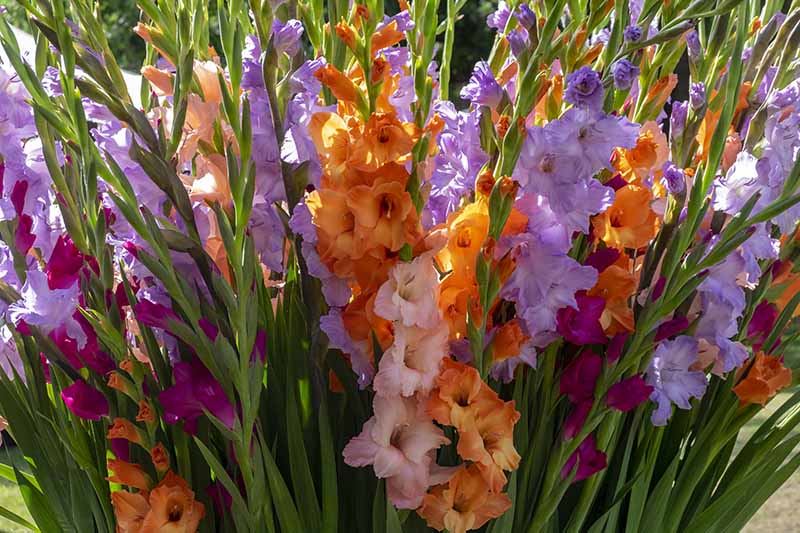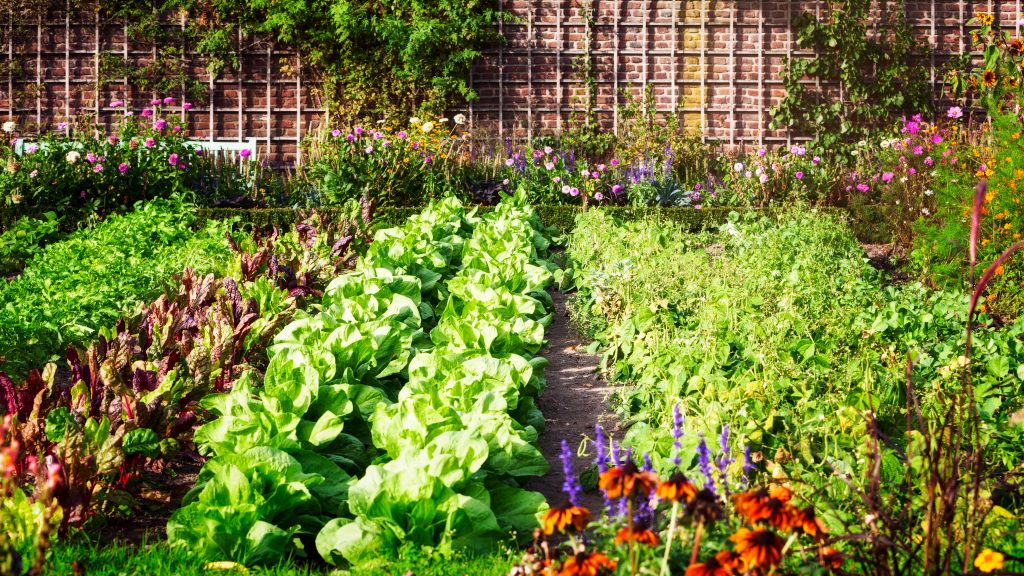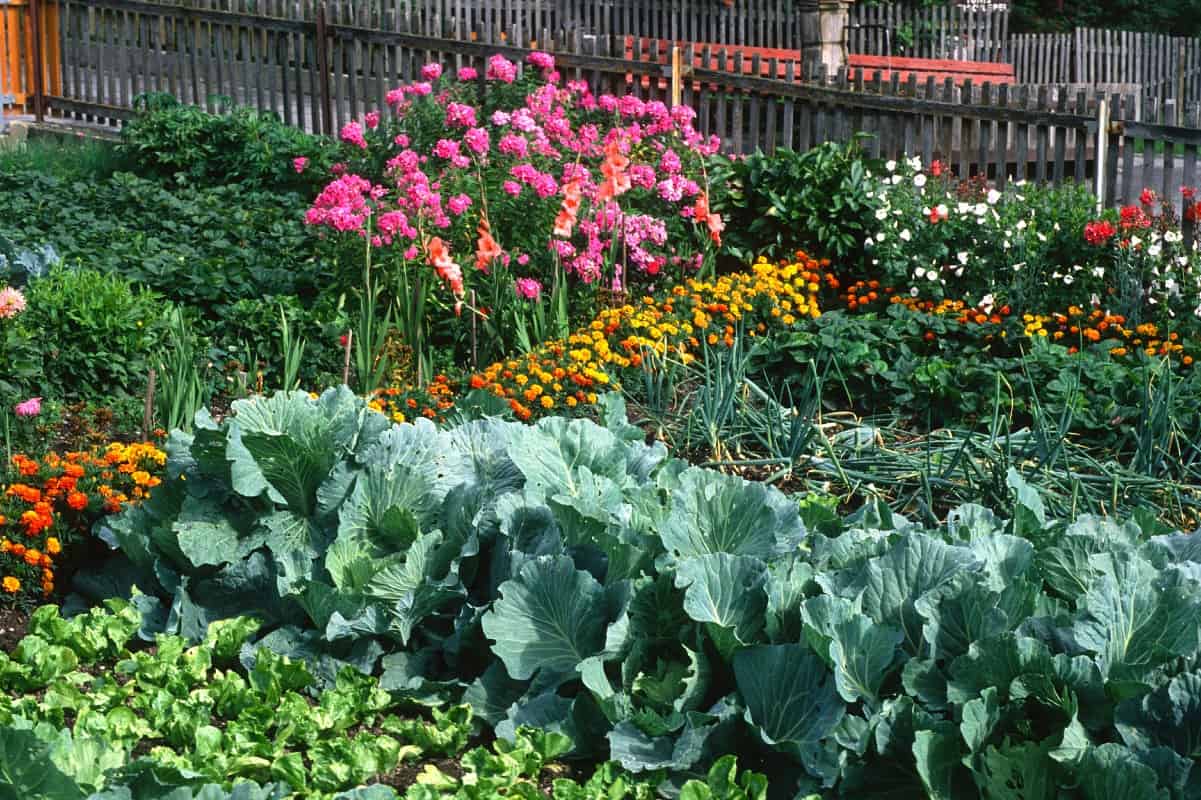Vegetables That Make Great Companion Plants For Gladiolus
Vegetables That Make Great Companion Plants for Gladiolus
Gladiolus are beautiful flowers that can add a touch of elegance to any garden. They are also relatively easy to grow, but they do best when planted with companion plants. Companion planting is the practice of planting different types of plants together in a way that benefits each other. There are many vegetables that make great companion plants for gladiolus, and in this blog post, we will discuss some of the best options.
Benefits of Companion Planting
There are many benefits to companion planting, including:
- Increased pollination: Some companion plants attract pollinators, such as bees and butterflies, which help to pollinate gladiolus flowers. This can lead to a better yield of flowers.
- Improved pest control: Some companion plants repel pests, such as aphids and beetles, which can damage gladiolus plants. This can help to reduce the need for pesticides.
- Enhanced soil quality: Some companion plants can improve the soil quality, making it more nutrient-rich and well-drained. This can help gladiolus plants to grow healthier and stronger.
- Increased diversity: Companion planting can help to increase the diversity of your garden, which can make it more interesting and attractive.
Vegetables That Make Good Companion Plants for Gladiolus
Some of the best vegetables to plant with gladiolus include:
- Cucumbers: Cucumbers and gladiolus are both tall plants, so they can be planted together to help shade the soil and prevent weeds from growing. Cucumbers also attract pollinators, which can help to pollinate gladiolus flowers.

- Beans: Beans fix nitrogen in the soil, which can benefit gladiolus plants. They also attract pollinators and help to suppress weeds.

- Potatoes: Potatoes and gladiolus have similar soil requirements, so they can be planted together. Potatoes also help to suppress weeds, which can benefit gladiolus plants.

- Melons: Melons and gladiolus are both heat-loving plants, so they can be planted together in warm climates. Melons attract pollinators and help to suppress weeds.

- Squash: Squash and gladiolus are both heavy feeders, so they can benefit from being planted together. Squash also help to suppress weeds.

- Lettuce: Lettuce and gladiolus have different watering needs, so they can help to balance each other out. Lettuce also helps to suppress weeds.

- Carrots: Carrots and gladiolus have different root systems, so they can be planted together without competing for resources. Carrots also help to suppress weeds.

- Herbs: Many herbs, such as basil, mint, and rosemary, make good companion plants for gladiolus. They can help to repel pests and attract pollinators.

When to Plant Companion Plants
The best time to plant companion plants with gladiolus is in the spring, when the soil has warmed up and the danger of frost has passed. When planting, be sure to space the plants according to their mature size.
How to Care for Companion Plants
Companion plants should be cared for in the same way as gladiolus plants. This includes watering, fertilizing, and weeding. Be sure to check the companion plants regularly for pests and diseases, and treat them as needed.
Conclusion
Companion planting is a great way to improve the health and productivity of your gladiolus plants. By planting them with compatible vegetables, you can help to attract pollinators, suppress pests, and improve the soil quality. With a little planning, you can create a beautiful and productive garden that is full of companion plants.
Gladiolus are beautiful flowers that can add a touch of elegance to any garden. But did you know that they can also be grown alongside vegetables? In fact, some vegetables make great companion plants for gladiolus.
One vegetable that is often recommended as a companion plant for gladiolus is corn. Corn provides shade for the gladiolus plants, which can help to prevent them from getting too hot. Corn also helps to improve the drainage in the soil, which is important for gladiolus plants.
Another good companion plant for gladiolus is peas. Peas fix nitrogen in the soil, which can help to improve the growth of the gladiolus plants. Peas also help to deter pests, such as aphids and slugs.
If you are looking for other companion plants for gladiolus, you can visit Gardenia Inspiration. This website provides a comprehensive list of vegetables that can be grown alongside gladiolus.
FAQ of gladiolus companion vegetables
Frequently Asked Questions About Gladiolus Companion Vegetables
1. What are the best companion plants for gladiolus?
Some good flowering companion plants for gladiolus include zinnias, dahlias, marigolds, and cosmos. These plants all have similar growing requirements and can help to deter pests and diseases. Other good companion plants for gladiolus include herbs such as basil, thyme, and rosemary. These herbs can help to improve the flavor of the gladiolus flowers and can also help to repel pests.
2. What vegetables can I plant with gladiolus?
Some vegetables that can be planted with gladiolus include tomatoes, peppers, eggplants, and cucumbers. These vegetables all have similar growing requirements and can help to deter pests and diseases. Other vegetables that can be planted with gladiolus include beans, peas, and squash. These vegetables can help to provide shade for the gladiolus plants and can also help to improve the soil quality.
3. What are some of the benefits of companion planting with gladiolus?
There are several benefits to companion planting with gladiolus. Companion plants can help to deter pests and diseases, improve the flavor of the flowers, and improve the soil quality. Companion plants can also help to provide shade for the gladiolus plants and can help to extend the flowering season.
4. How far apart should I plant gladiolus and their companion plants?
The spacing requirements for gladiolus and their companion plants will vary depending on the specific plants involved. However, as a general rule of thumb, gladiolus plants should be spaced at least 6 inches apart, and their companion plants should be spaced at least 12 inches apart.
5. What are some of the most common pests and diseases that can affect gladiolus?
The most common pests that can affect gladiolus include aphids, spider mites, and nematodes. The most common diseases that can affect gladiolus include botrytis, rust, and fusarium wilt. Companion planting can help to deter some of these pests and diseases. However, it is important to inspect your gladiolus plants regularly and to take steps to control any pests or diseases that do occur.
Image of gladiolus companion vegetables
Here are 5 images of gladiolus companion vegetables from Pinterest:
- Carrots: Carrots are a good companion plant for gladiolus because they help to repel pests like carrot flies.

- Peas: Peas are another good companion plant for gladiolus because they help to fix nitrogen in the soil, which is beneficial to gladiolus plants.

- Cucumbers: Cucumbers are a good companion plant for gladiolus because they help to shade the soil, which can help to prevent gladiolus bulbs from rotting.

- Lettuce: Lettuce is a good companion plant for gladiolus because it doesn't require a lot of space, so it can be planted between gladiolus bulbs.

- Tomatoes: Tomatoes are a good companion plant for gladiolus because they help to deter pests like aphids.
Post a Comment for " Vegetables That Make Great Companion Plants For Gladiolus"